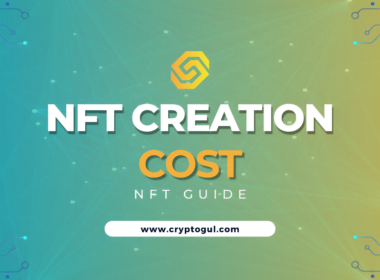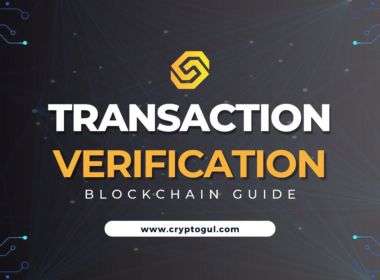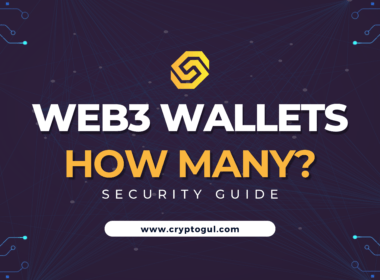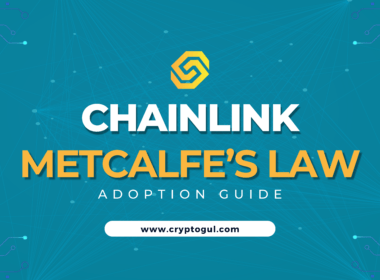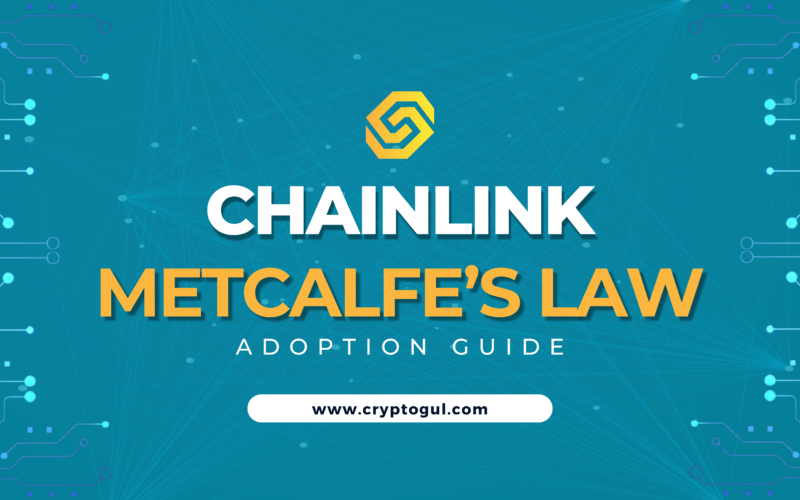Looking to navigate the world of Polygon and need a wallet address? Whether you’re setting up a new wallet or using an existing one, understanding your Polygon wallet address is crucial for managing and transacting MATIC/POL tokens and other digital assets on the network. This article provides a straightforward guide to creating, securing, and utilizing your Polygon wallet address.
Key Takeaways
A Polygon wallet address is a unique string that enables transactions on the network, where MATIC tokens play a key role in transaction fees and governance, and wallets are compatible with Ethereum-based applications.
Setting up a Polygon wallet involves selecting between hardware (like Ledger Nano X) and software wallets (like AlphaWallet), connecting to the network via Custom RPC, and ensuring security through strong passwords and 2FA.
Users can manage multiple wallet addresses and assets for improved security and organization, and detailed activity logs in Polygon wallets provide transaction transparency and asset management insights.
Understanding a Polygon Wallet Address

A Polygon wallet is a secure digital storage solution designed to store and manage Polygon’s native cryptocurrency, the MATIC token, as well as other assets on the Polygon network. It’s similar to a bank account, but for digital assets. The wallet address, a distinctive alphanumeric string beginning with ‘0x’ and followed by 40 characters, serves as a unique identifier, facilitating transactions within the network.
MATIC tokens, the native matic tokens of the Polygon network, play an integral role in the ecosystem. Users can pay for transactions (gas fees) and also participate in network governance. This gives them a dual role in the system. The compatibility of the Polygon network with the Ethereum Virtual Machine further facilitates seamless interaction with Ethereum-based applications and assets, making it an excellent choice for those interested in Polygon Matic.
Setting Up Your Polygon Wallet

The process of setting up a Polygon wallet is user-friendly and involves several steps. Firstly, users have to decide between hardware and software wallets. AlphaWallet is a recommended mobile software wallet, while hardware wallets like Ledger Nano X offer a higher level of security.
Once the wallet type is selected, the next step is to connect it to the Polygon network. This can be done by adding the Matic Mainnet in the ‘Custom RPC’ feature.
Finally, the wallet setup is completed by generating the wallet address through the Polygon wallet site.
Choosing Your Ideal Wallet Type
The selection of the right type of wallet, including a hardware wallet and native mobile wallet, is paramount for ensuring both security and convenience. Hardware wallets like Ledger Nano X offer secure transaction signing and compatibility with both desktop and mobile devices. However, they require physical access to the device to access funds, which may not be convenient for all users.
Software wallets, on the other hand, provide more convenience and accessibility, allowing users to manage their assets on the go. Wallets like Trust Wallet even offer the feature to auto populate Polygon tokens, making it easier for users to manage their assets.
Securing Your Wallet
It is of utmost importance to secure your Polygon wallet. This can be achieved by creating a complex and unique password, which should be a combination of letters, numbers, and symbols. When adding custom tokens to your wallet, you can also input a custom token symbol to easily identify and manage your assets.
Another vital security measure is enabling Two-Factor Authentication (2FA), which requires something unique to the user in addition to the password. Private keys, backup phrases, crucial for wallet recovery, should be stored securely offline, ensuring they’re safe from unauthorized digital access.
Generating Your Unique Polygon Address

To generate a unique Polygon address, one can either create a new wallet or import an existing one. For a new Polygon wallet, the user needs to create a MetaMask account and then add the Matic Mainnet as a network within MetaMask. The wallet setup is completed by generating the wallet address through the Polygon Wallet site.
Users can also import an existing wallet into the Polygon network by opening their MetaMask wallet, navigating to ‘Settings’ in the account options, and adding the Polygon Network. This flexibility ensures that users can have their unique Polygon address, irrespective of whether they are new to the ecosystem or already part of it.
Customizing Your Experience
With the Polygon wallet set up, users can tailor their experience by adding custom tokens, which allows for effective management of a wide range of assets within their wallet.
The process involves locating the contract address, navigating to the token list in the wallet, and using the ‘Add Custom Token’ or ‘Import Tokens’ feature. Once the contract address is inputted, the token is then added to the wallet. To further customize the wallet, users can also change icons and modify network settings.
Transferring Assets to Your Polygon Wallet

The process of transferring assets to a Polygon wallet is a multi-step process. Users need to select ‘Bridge’ in the left navigation menu or the ‘Bridge Your Assets’ button from the wallet’s interface. They can then choose the desired asset for transfer from the Ethereum network to the Polygon network using the drop-down menu.
Ethereum tokens can be transferred to a Polygon wallet by utilizing platforms such as OpenSea and MetaMask. On OpenSea, users can access their wallet balance, use the bridge option, and follow the provided instructions. With MetaMask, users can utilize the Polygon bridge portal to select their Ethereum tokens and initiate the transfer to the Polygon wallet.
Utilizing the Polygon Bridge
The Polygon Bridge provides a seamless solution for token bridging between Ethereum and Polygon networks, enabling flexible asset transfers across these different blockchains.
To transfer assets between these networks, users need to:
Access the official Polygon Bridge
Connect their MetaMask wallet set to the Polygon network
Initiate the withdrawal by selecting the asset intended for transfer back to Ethereum
Confirm the transaction details
This process is typically completed in about seven to eight minutes.
Interacting with Polygon DApps

Decentralized applications (DApps) form a significant component of the Polygon network’s ecosystem. Users can connect their wallets to various DApps on the Polygon network, enabling seamless transactions and asset management.
Crypto wallets like Trust Wallet offer an integrated browser specifically designed for DApps, enabling users to conveniently access any Polygon DApps by inputting the DApp’s address into the browser’s designated field. Users can also use services such as Moralis or the WalletConnect protocol to connect their Polygon wallet to a DApp.
Discovering Popular Polygon DApps
Hosting a plethora of DApps, from games to marketplaces, the Polygon network offers a variety of unique features and functionalities on its Polygon mainnet. Users can discover popular Polygon DApps through their wallet interfaces, community forums, and online resources.
Some of the most popular DApps on the Polygon network can be found listed on the Polygon app home page, providing users with a vast array of options to explore and interact with.
Managing Multiple Addresses and Assets
The management of multiple addresses and assets within a Polygon wallet is an essential part of digital asset management. Users can create multiple wallets, each with a different address, or utilize platforms such as Trust Wallet to generate multiple addresses within a single wallet.
Having multiple addresses offers the following benefits:
Improved security
Increased flexibility
Streamlined asset management across multiple blockchains
Feasible segregation of balances for different assets within a Polygon Wallet, ensuring an organized overview of digital asset holdings.
Enhancing Transactions with Detailed Activity Logs
Polygon wallets’ detailed activity logs offer a window into transaction history, wallet activity, and comprehensive asset management. These logs encompass real-time data regarding transactions, addresses, tokens, prices, and other activities taking place on the Polygon blockchain.
By providing a comprehensive overview of asset management, these logs enable users to access transaction details and analyze their asset management strategies over time. Some wallets even offer the ability to receive alerts through email, SMS, push notifications, webhooks, and messaging platforms, keeping users updated on their transaction activities.
The Synergy Between Polygon and Wallet Providers
The symbiotic relationship between Polygon and wallet providers improves the user experience by introducing features for seamless integration with the Polygon network, such as auto-population of Polygon tokens and custom icons.
Wallet providers like Coin98 and OKX Wallet offer comprehensive support for users of the Polygon network, enabling them to engage with the MATIC coin and access integrated browsers for DApps. This synergy helps users manage their digital assets efficiently and enjoy the full benefits of the Polygon network.
Summary
In conclusion, Polygon wallets offer a robust and flexible solution for managing digital assets. From setting up your wallet and customizing your experience, to seamlessly transferring assets and interacting with DApps, Polygon wallets enable a streamlined approach to digital asset management. The synergy between Polygon and wallet providers further enhances the user experience, making it a go-to choice for cryptocurrency enthusiasts and investors.
Frequently Asked Questions
Is there a Polygon wallet?
Yes, there is a Polygon wallet that allows you to securely store and manage your cryptocurrency assets.
How do I add a Polygon to MetaMask manually?
To add Polygon to your MetaMask wallet, go to the “Settings” section, choose the Polygon network, and optionally add the network manually. Then, import any custom Polygon-based tokens you would like to use.
What is a Polygon wallet address?
A Polygon wallet address is a unique alphanumeric string used to handle MATIC tokens and other assets within the Polygon network.
How can I set up my Polygon wallet?
To set up a Polygon wallet, choose a hardware or software wallet, ensure its security, and connect it to the Polygon network. Then you’ll be all set to use it for your transactions.
How can I transfer assets to my Polygon wallet?
You can transfer assets to your Polygon wallet using the Polygon Bridge or other supported methods to move assets from Ethereum or other networks to the Polygon network. This can be done seamlessly and securely.


